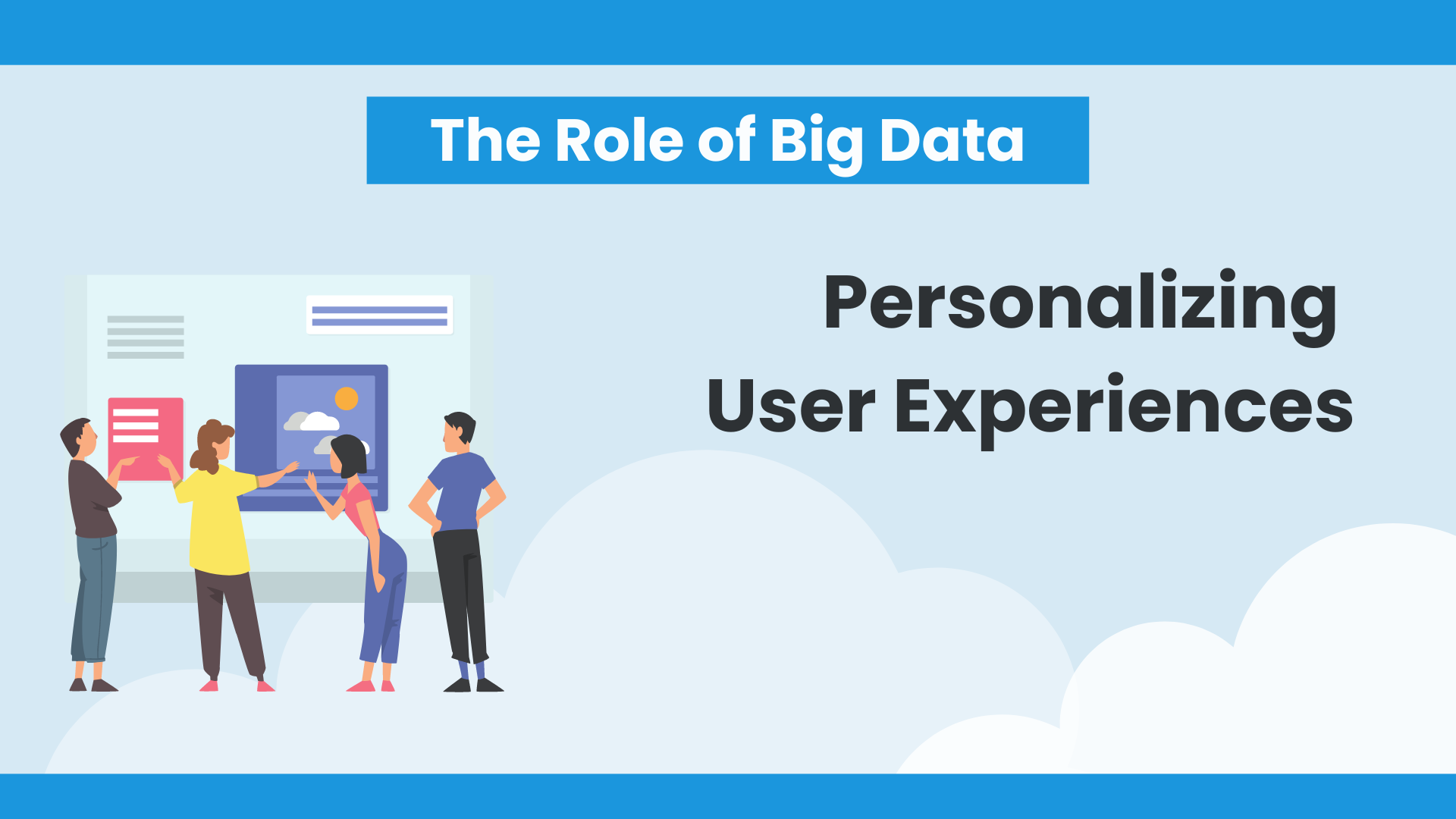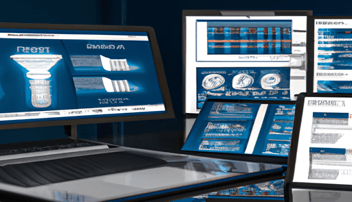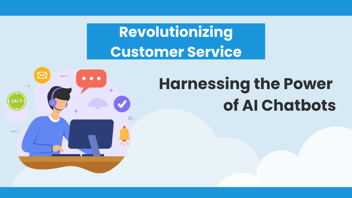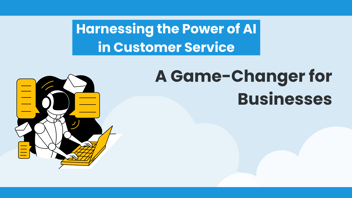Customer experience is being shaped by personalization. Now, since digital transformation is at the forefront of so many company’s objectives, it’s even more crucial. Big Data has also played its part in how companies engage with customers and how they implement personalization. We will delve into the strategies, tools, and best practices that enable businesses to convert vast arrays of raw data into personalized customer interactions, surpassing expectations and fostering deeper connections.
Understanding Big Data in Personalization
Big data is referring to the extensive volumes of data that businesses collect from various sources, including online transactions, social media interactions, and IoT devices. This data is crucial for understanding complex customer behaviors and preferences. The process of collecting data includes using systems such as cloud computing, ML algorithms, and advanced analytics platforms. When companies have big data, they can gain important insights into customer patterns which enables more targeted and effective personalization strategies.
Strategies for Personalizing User Experiences with Big Data
Segmentation and Targeting: Big Data facilitates the segmentation of customers into distinct groups based on their behaviors, preferences, and demographic characteristics. This precise segmentation allows for targeted marketing campaigns and personalized offers, enhancing the customer experience and improving engagement.
Predictive Analytics: Utilizing predictive analytics, businesses can anticipate customer needs and preferences, enabling proactive personalization. This approach involves analyzing historical data and identifying patterns to forecast future behaviors, allowing companies to tailor their offerings and interactions accordingly.
Customized Content and Recommendations: Big Data analytics empower businesses to generate personalized content and product recommendations. By understanding individual customer preferences and behaviors, companies can deliver content and suggestions that are highly relevant and engaging, significantly enhancing the user experience.
Challenges and Solutions in Big Data Personalization
Despite its potential, personalizing user experiences with Big Data presents several challenges. Data privacy concerns are paramount, as customers are increasingly wary of how their information is used. Additionally, managing data quality and integrating diverse data sources pose significant hurdles. To address these challenges, businesses must adhere to data integration best practices, ensuring data is accurately collected, cleaned, and consolidated from various sources. Implementing robust data governance and privacy policies is essential to maintaining customer trust and compliance with regulations.
The Future of Personalization with Big Data
The future of personalization with Big Data holds promising developments, with advancements in AI and machine learning leading the charge. These technologies are set to further refine personalization efforts, making them more intuitive and adaptive to individual customer needs. Additionally, the emergence of new data sources and analytical tools will offer fresh insights, opening up innovative avenues for personalization.
Where CETDIGIT Comes In
Big Data is more than a technological trend; it's a fundamental component of contemporary customer engagement strategies. By leveraging Big Data, businesses can elevate their personalization efforts, offering customer-centric experiences that resonate on a personal level. The key to success lies in adopting best practices in data integration and maintaining a focus on delivering value to the customer, ensuring that personalization efforts translate into meaningful and memorable customer experiences. If you’re looking to make data-driven decisions instead of playing a guessing game, CETDIGIT is here to help! Contact us today for a free consultation.





Leave a Comment